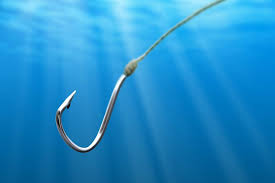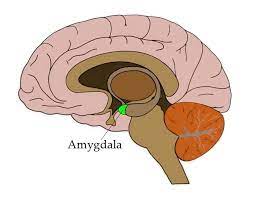Advertising versus Branding.
For years I called myself a brand consultant, a title conveying something different than does my current title brand strategist. Both deal with brands but only the latter deals with brand position, brand value and key proofs.
The market has been conditioned to think of brand consultants as artists and developers of design flourishes surrounding a product. Brand strategists, on the other hand, are the boring ones. The writers of dull, business prose – albeit prose whose sole purpose is to “sell more, to more, more times, at higher prices.” (Thanks Sergio Zyman.)
I love great design. I love great creative. I love selling that challenges the status quo. All things good advertising does. But my job as a brand strategist is to lay the groundwork for the sales art. To give it a purpose. A goal. A strategy. Art without purpose belongs in a museum or living room. Art with a purpose is marketing. And the best marketing is based upon brand strategy. It gives you something besides sales to measure. If your only measures are advertising and sales you are fishing without bait.
If you think your best sales tool is advertising, you are missing the big picture and the little picture. Brand strategy is the foundational tool.
Peace.





